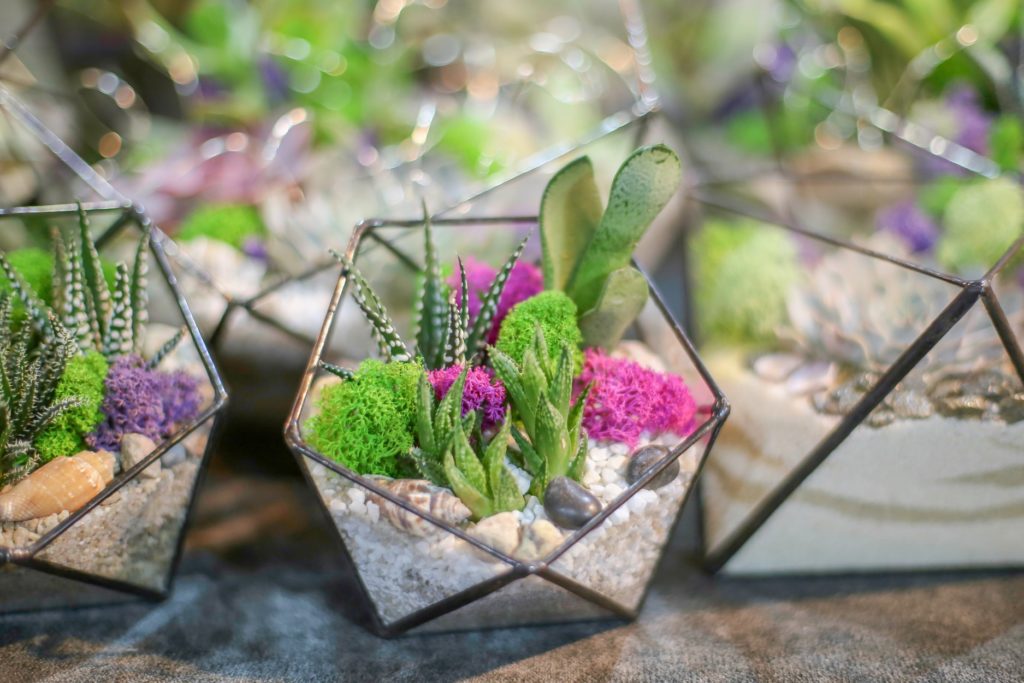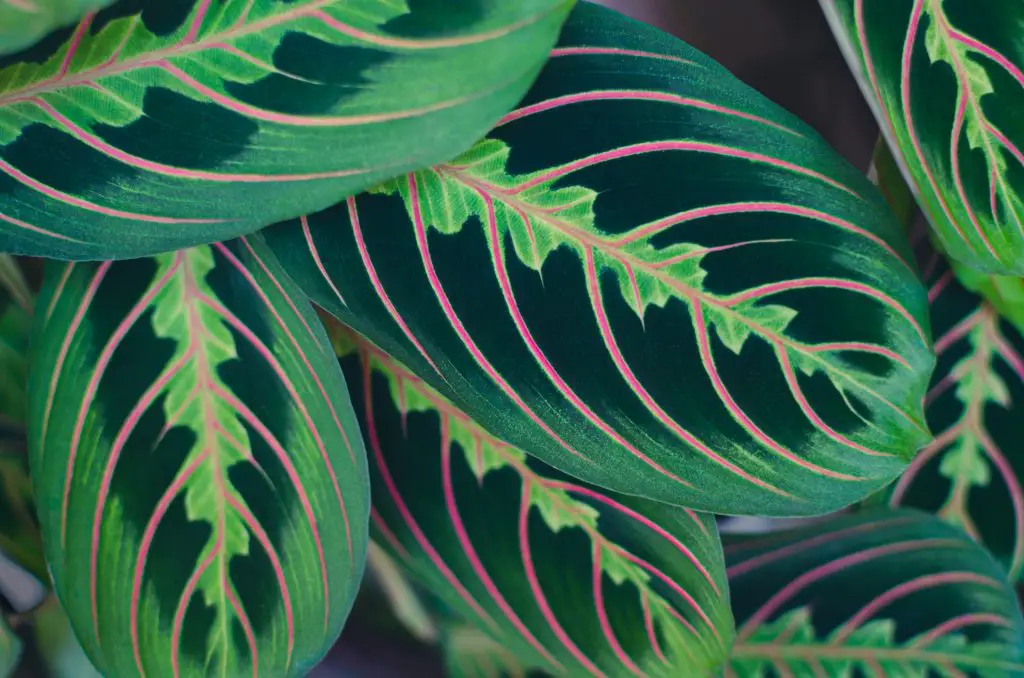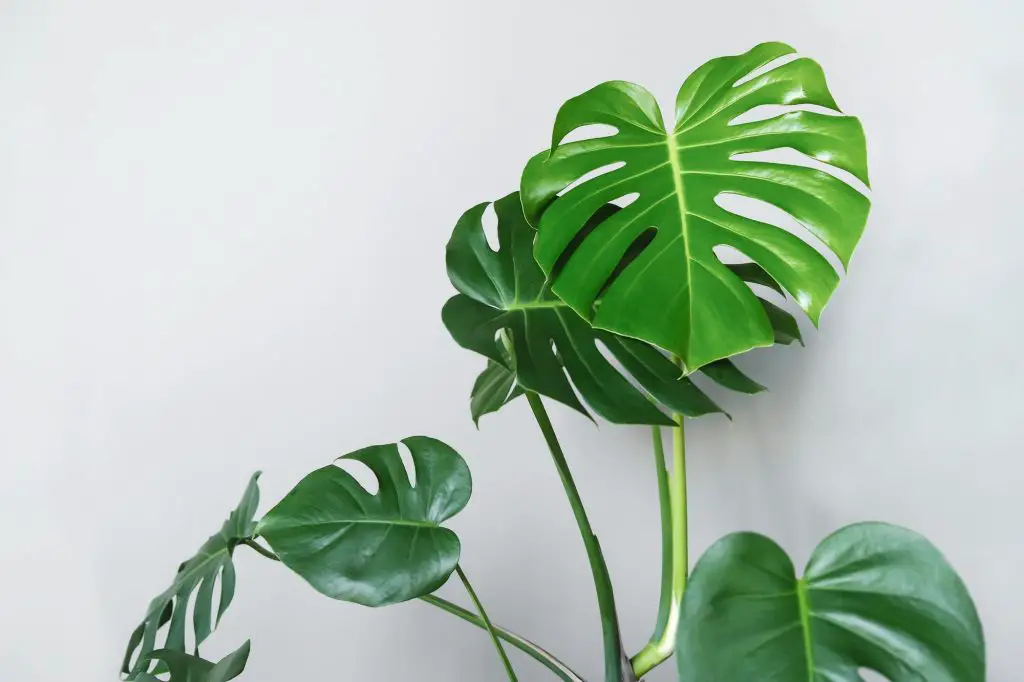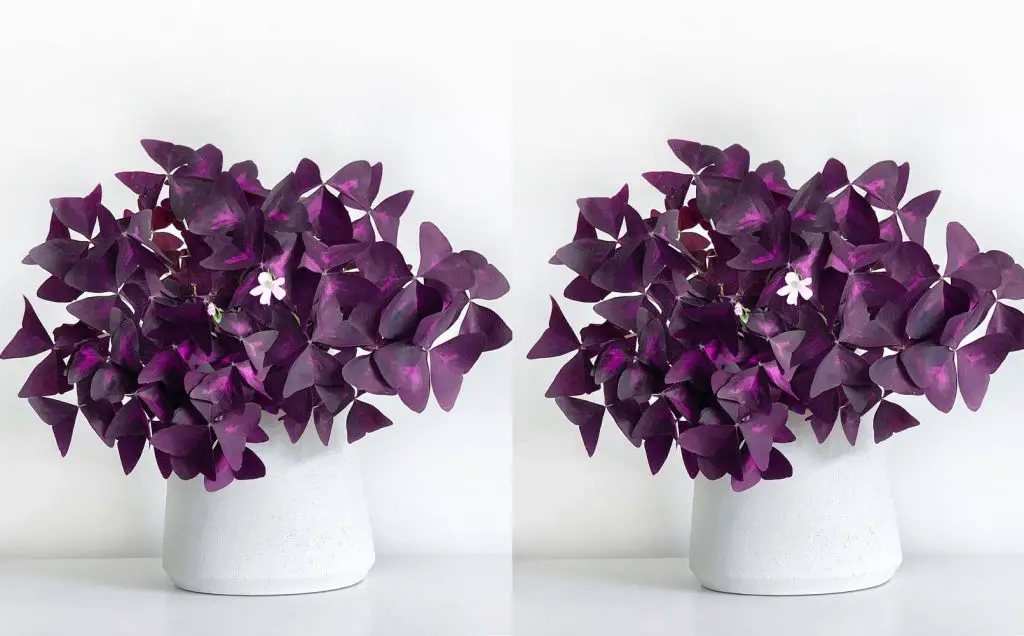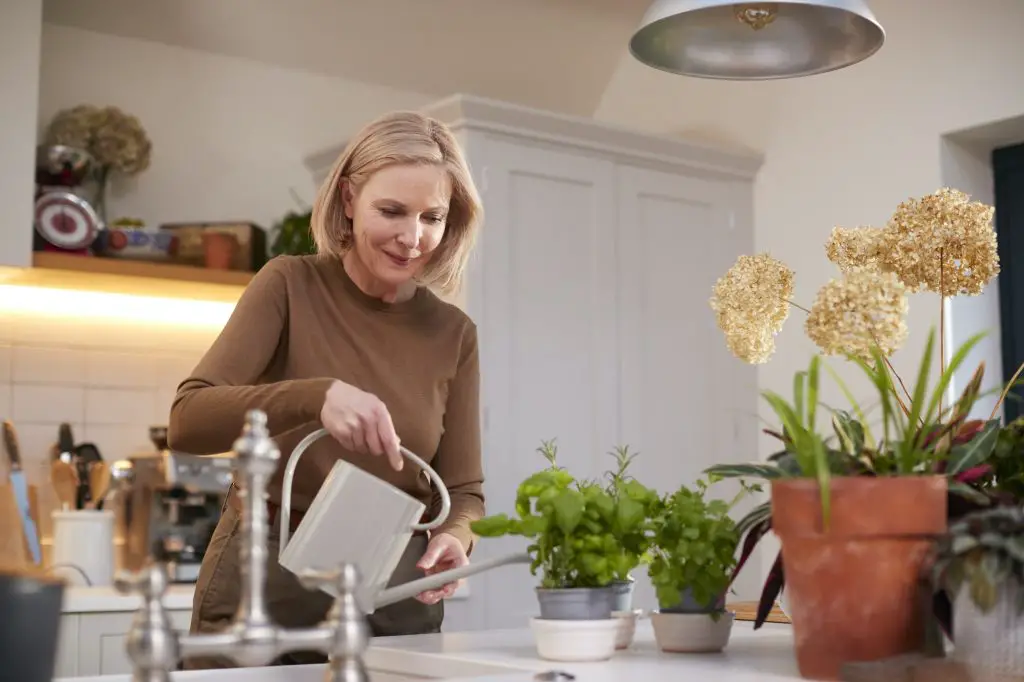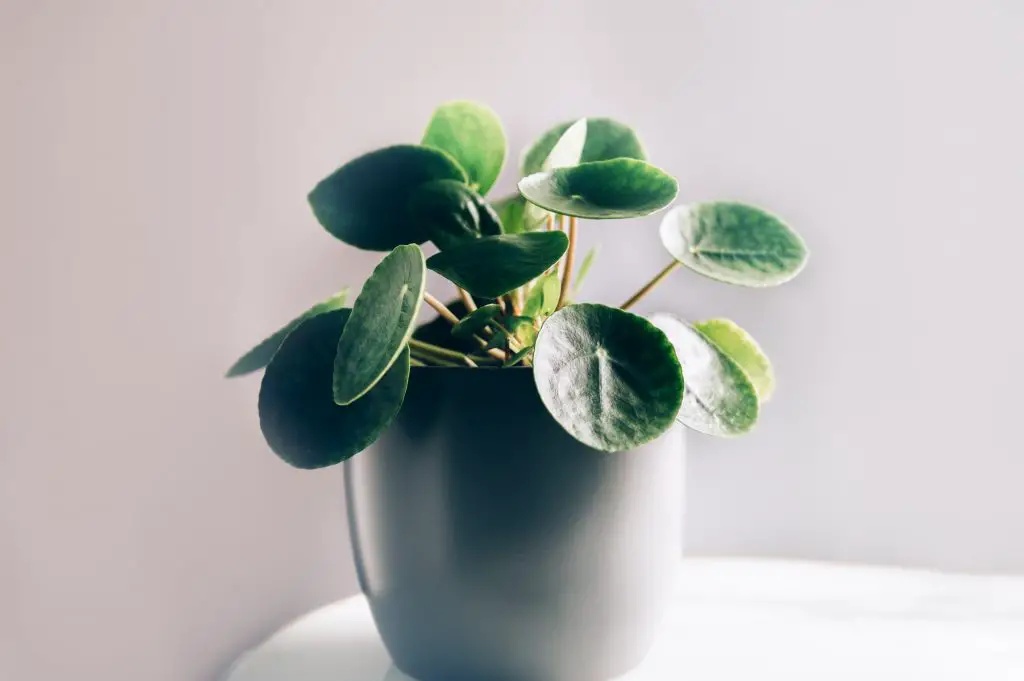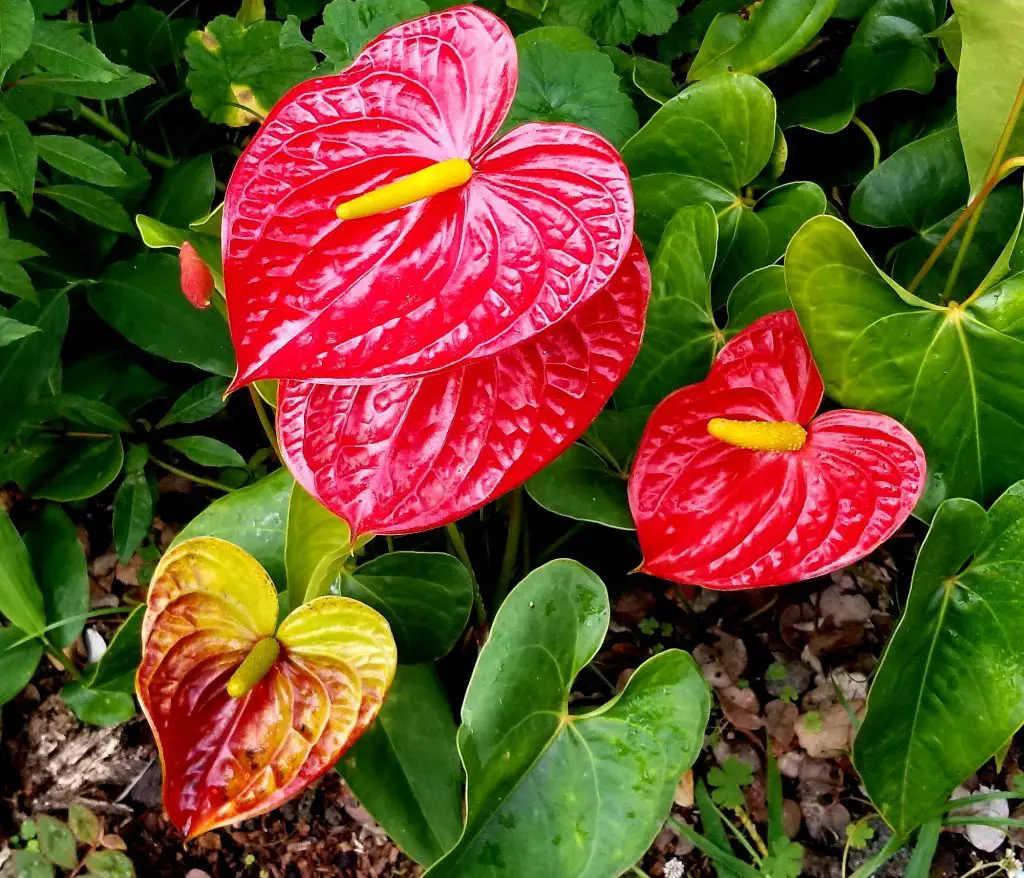Humidity is a measure of the moisture in the air and this is a major characteristic of most houseplants.
Most plants in their natural environment enjoy high humidity and this has contributed to their growth. It is not surprising to discover that these plants, when brought into the home, require a high level of humidity to thrive properly.
Unfortunately, this cannot be attained in the regular home as the temperature level in residential areas is quite different from that in tropical regions. How do you keep these plants alive in the home? There are various ways by which humidity can be increased in the house for your houseplants.
However, most people will rather go for an inexpensive and easy to get different ways of increasing humidity in the house and one of them is the use of pebble trays.
Table of Contents
What Is A Pebble Tray?
A pebble tray is as simple as it sounds; A tray that is filled with pebbles and water. It is made to provide humidity for the houseplants.
The pebble tray is easy to make, you only need any low dish or tray, some pebbles or gravel, and water. This is why it is one of the most used methods for providing humidity. Due to the dryness of most homes for plants, a pebble tray is a local, easy way to provide a humid environment for your plants.
With pebble trays, you do not have to spend time or resources to keep your plant humidity healthy.
The best material to use for a pebble tray is a terracotta flat dish or saucer, however other types of dishes can be used. Apart from being great for humidity, which is the sole purpose, the pebble tray can also serve as a way of beautifying your plant; all you need to do is fill the tray with different types of rocks.
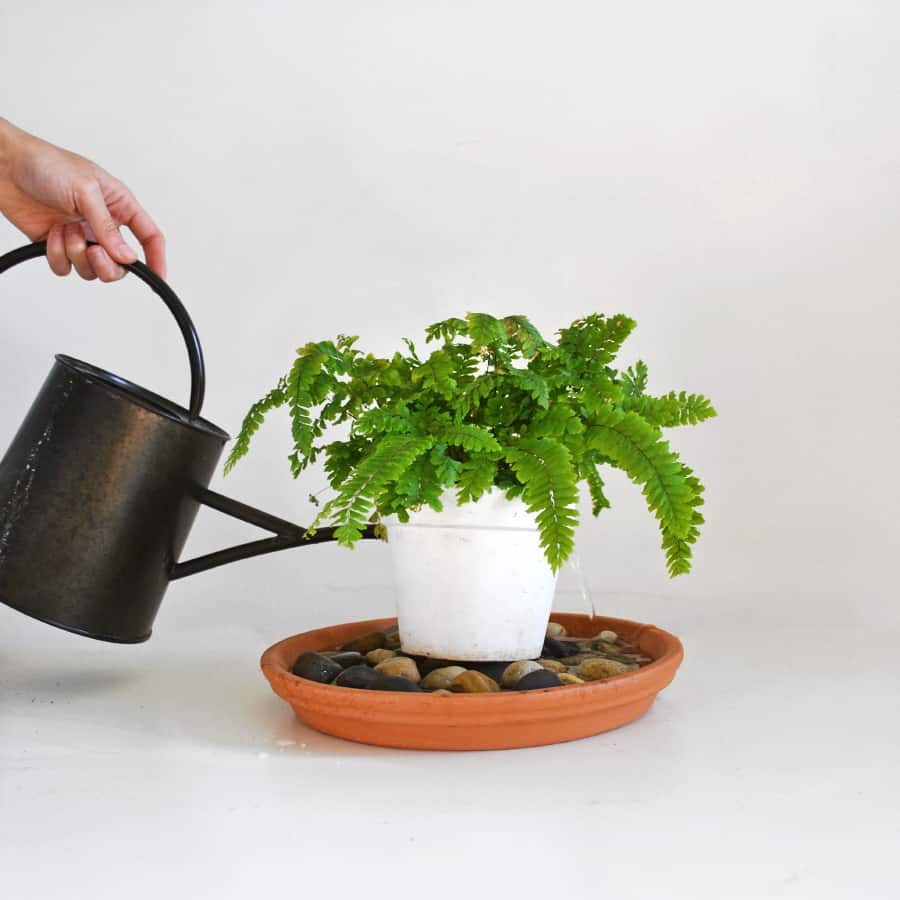
It will also serve as a point for drainage where excess water from the plant will run off, this will not just keep the plant dry and moist, but also protect the surrounding of the plant.
How Do I Keep The Humidity Tray Clean?
Changing the water in the pebble tray is one effective way to keep it clean; however, you can also make use of a disinfectant, fungicide, or other chemicals to clean the rocks. You can also keep it clean without the use of the chemical by using a wire brass/copper sponge to remove the algae on the rocks. If you find your rocks with chips, then you may have to use a chemical-based cleaning method.
What Kind Of Pebble Is Suitable For A Humidity Tray?
The type of pebble used for a pebble humidity tray doesn’t matter; you can make use of any medium stones, as long as it can keep the pot above the water. You can make use of natural stones, terracotta balls, or just any. The only requirement for pebble is that you cannot make use of a stone that traps water in. if you make use of a stone that traps in the water, it will prevent evaporation, thereby hindering the main purpose of the tray.
How Often Should I Change The Water?
Water in the pebble tray should be changed as often as possible. The right time to change is when the water has evaporated, also you must prevent the water from changing color either to off white or green. We recommend that you change the water every three days.
How Can I Prevent Mosquitoes In Pebble Humidity Trays?
Mosquitoes in pebble trays are a common occurrence and this allows more mosquitoes around and thereby polluting the environment. You can prevent mosquitoes by using mosquito dunks. This will prevent them from laying eggs on your pebble tray. The mosquito dunks are non-toxic; hence you do not have to worry about them affecting your plant. It is also quite effective in warding off mosquitoes. If you do not find one near you, you can make use of a little bit of soap.
Type Of Plants That Can Benefit From A Pebble Tray
It was stated earlier that most plants require high humidity to thrive. However, not many may fully enjoy the use of pebble trays. The following plants are known to benefit from pebble trays.
- Bromeliads
- Caladium
- Carnivorous plants
- Chenille plants
- English ivy
- Aralis
- Ficus (fiddle leaf fig, rubber plant, weeping fig)
- Dracaenas
- Ferns
- Crotons
- Peperomia
- Zebra plant
- Rosemary
- Orchids
- Monstera
- Palms (majesty palm, kentia palm).
How To Make A Pebble Tray To Increase Humidity For Your Houseplant
While you can purchase a pebble tray from any nursery, you can also make it, that way you can make use of what you have and spend even less. The following are the materials required to make a pebble tray.
- Shallow dish or tray, this should be wider than your plant’s leaf span.
- Pebbles; it will serve as an aesthetic purpose if you make use of decorative pebbles of different kinds.
- Water
- Most importantly, your plant.
Step 1
Fill your tray with pebbles, spread the pebbles out to every side of your dish, and ensure they form a flat surface. It is best if your pebbles are not too big, you can get pebbles of about 2 to 3 inches.
Step 2
Pour water into the tray of pebbles, however, ensure the water does not cover the plant. Leave about an inch of pebbles at the surface.
This is because the part of the pot that will be sitting on the pebble is where the drainage holes are. The drainage holes of your plant’s pot are beneath and plants do not like to sit in water.
Step 3
Place your plant on it! From here, your plant will begin to receive humidity at a gradual measure. You will be required to add water more often than usual if you live in really hot weather. Your pebbles will appreciate some washing and change of water from time to time.
Alternatives For Humidity In The Home
While a pebble tray is a great option for providing humidity for your plant, there are various other alternatives for increasing humidity for your plant. They are as follows.
- Misting: This requires sprinkling water on your plant occasionally from a spray bottle.
- Plant Humidifier: This usually works if you have a large number of plants. A humidifier allows you to set the level of humidity you want for your plant. They can be purchased in any nursery near you.
Final Thoughts
A Pebble tray is one of the easiest ways to increase humidity for your plant; it also allows you to add more beauty to your plant, by using decorative pebbles and a tray of your own choice.
However, ensure to clean the pebbles as often as you can and replace the water to avoid attracting insects.

